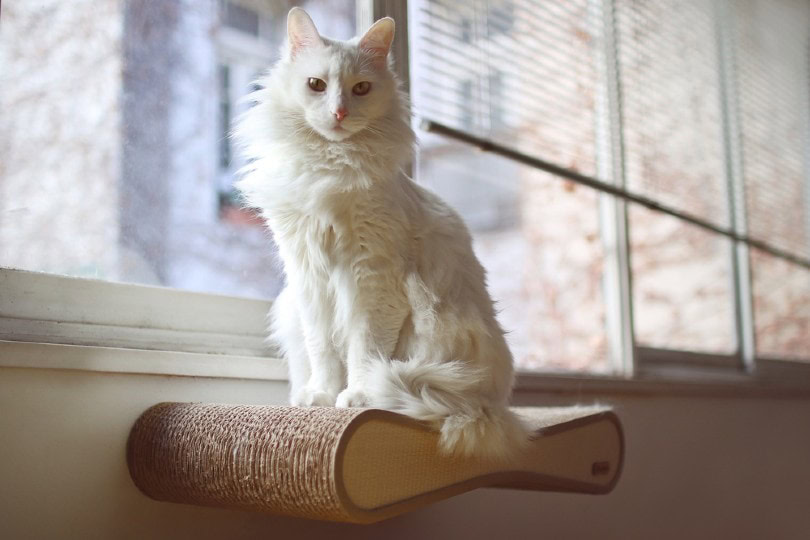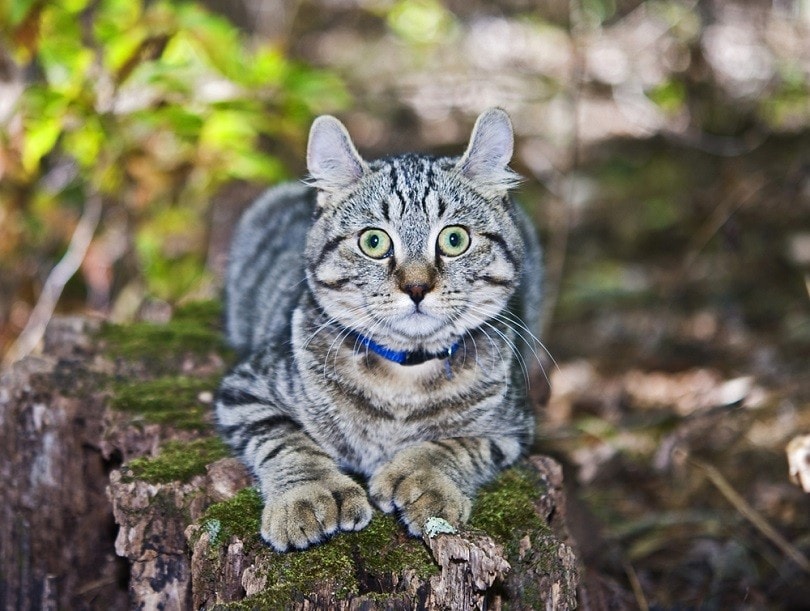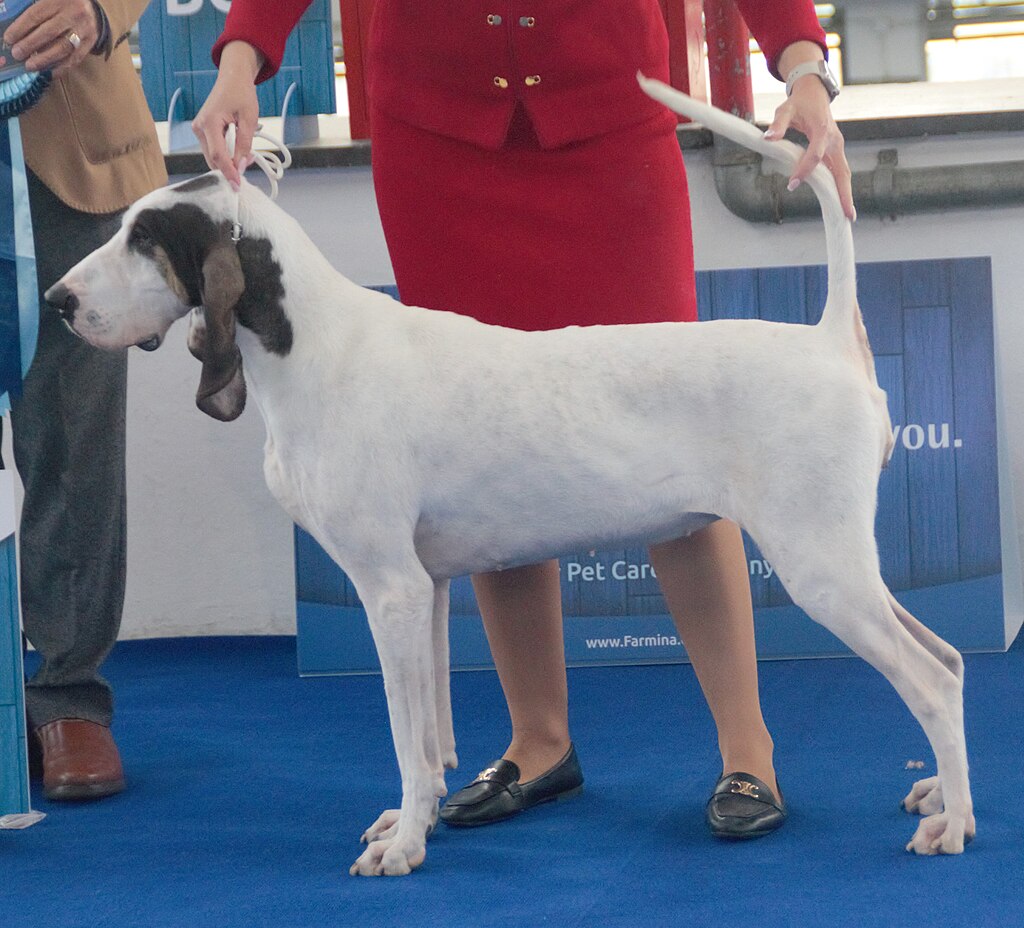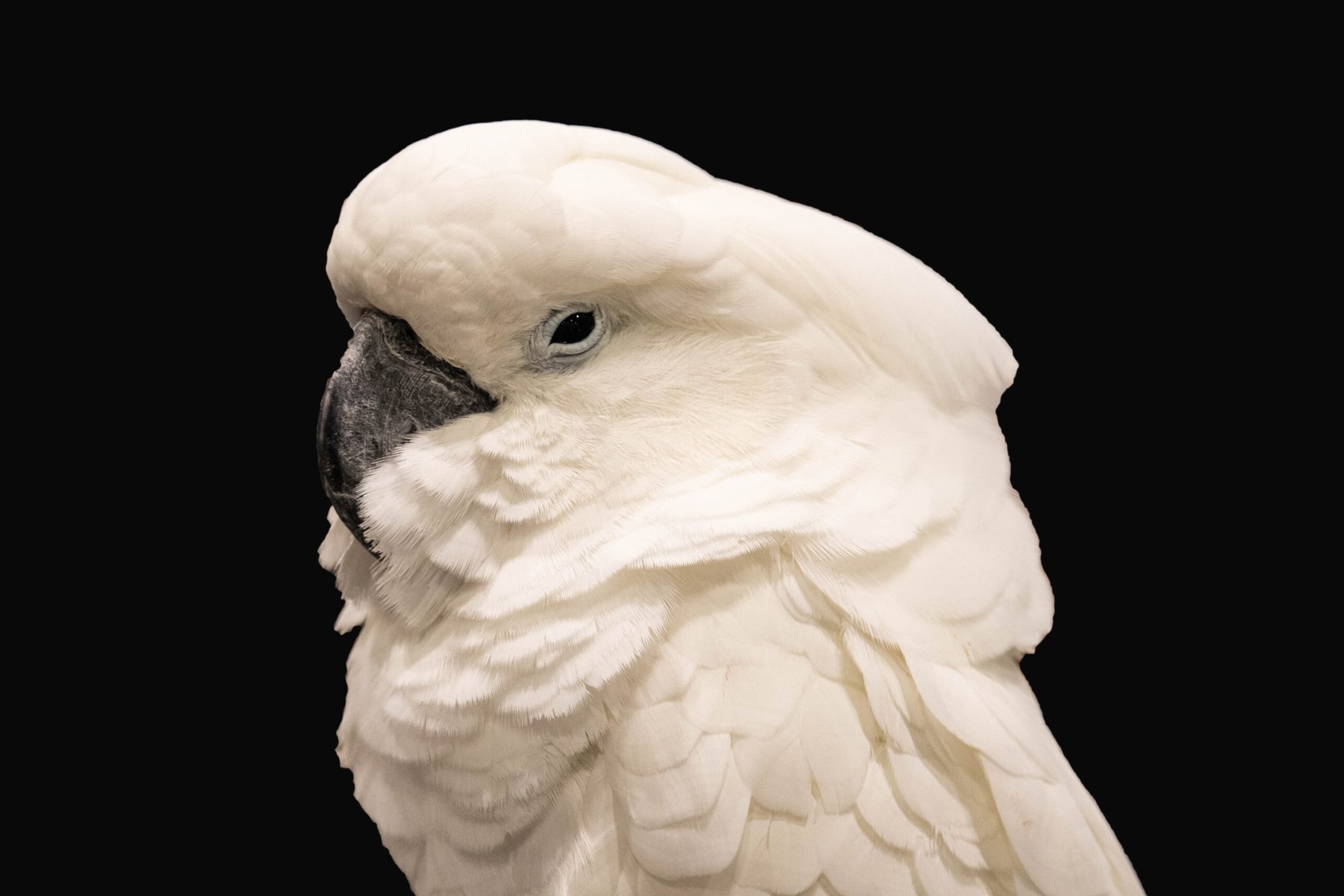Domestic felines have been and are still being developed in many different countries, and Asia is the original home to many popular cat breeds. The continent has gifted the world with quite a few great breeds, from glamorous and fluffy cats that you may already know to rare felines depicted in ancient art.
Ranging from Japan and China to Myanmar, all-Asian cat breeds are unique, historical, and even revered as royalty in some parts of the world. Read on to learn about 13 cat breeds that were born and bred in the world’s largest continent.

The 13 Asian Cat Breeds
1. Persian
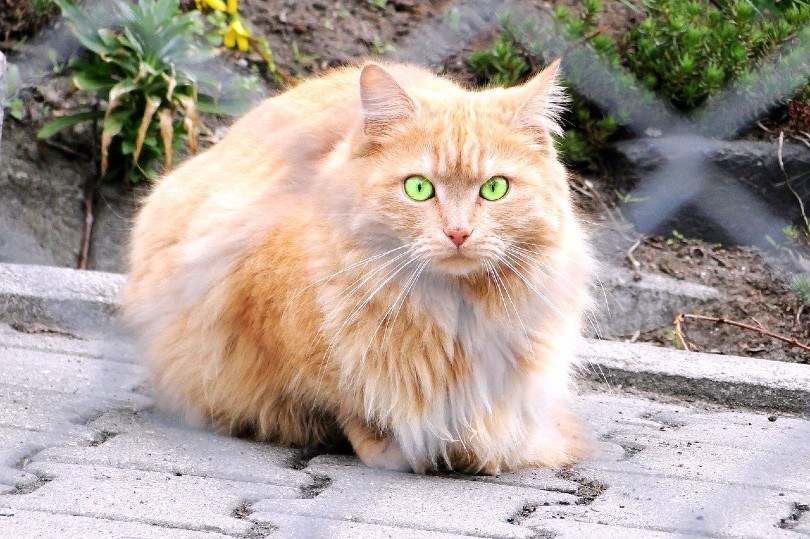
- Lifespan: 10–17 years
- Temperament: Docile, relaxed, independent, easy-going,
- Color: White, black, gray, cream, tabby, calico, tri-color, Himalayan, and many more
- Height: 14–18 inches
- Weight: 7–12 pounds
Persians are among the most glamorous and fluffiest long-haired house cats. Their sleek, flowing coats, sweet faces, and relaxed dispositions have made them one of the most popular pedigreed feline species in America.
This cat’s fame started during the Victorian era, though they existed long before then. Although their early history remains blurry, Persian cats are believed to have originated in Persia (today’s Iran) or Turkey during the 1600s.
Persians are lap cats, but they’re also playful, curious, graceful, and cuddly. They do not like to climb or jump and make great pets—that is, if you can stand a prolific shedder.
2. Siamese
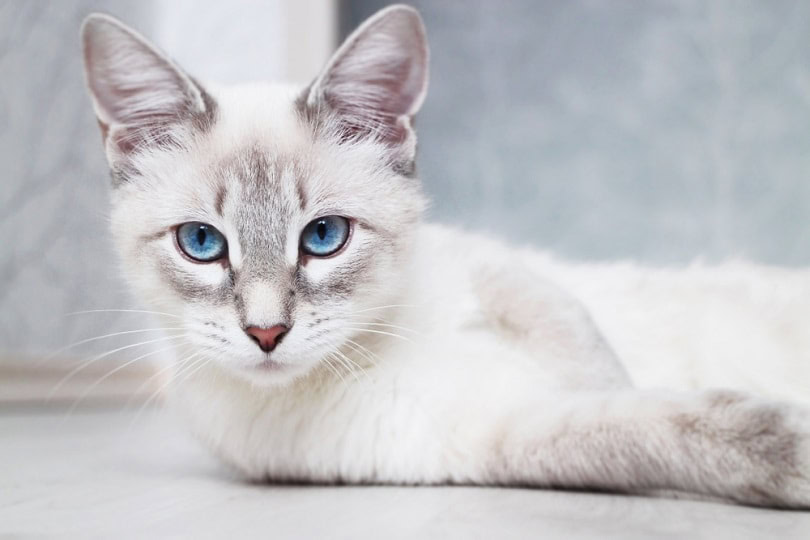
- Lifespan: 8–12 years
- Temperament: Intelligent, trainable, independent, needy, affectionate
- Color: Chocolate, seal, lilac, cream, blue, fawn, red, cinnamon
- Height: Up to 14 inches
- Weight: 8–12 pounds
Here’s a cat of extremes: striking coat color, bright blue eyes, a long and straight nose, a long-triangular head, a slender body, and a short, silky coat that lies close to the body. But Siamese cats are more than just looks. They are also highly trainable, affectionate, extroverted, and undeniably intelligent.
This beautiful feline is one of the oldest and most legendary cat breeds to originate from Asia. Siamese cats were considered royalty by noblemen, who used them as guard cats.
The first Siamese cats in Europe were gifts from the King of Siam in 1880 to an English consulate general.
3. Burmese
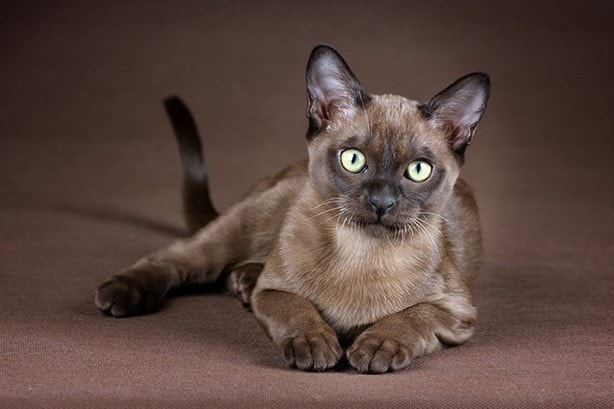
- Lifespan: 9–13 years
- Temperamental: Friendly, affectionate, demanding, people-oriented, alert, active, intelligent
- Color: Red, cream, blue, lilac, fawn, chocolate, cinnamon, champagne, platinum
- Height: 10–12 inches
- Weight: 6–14 pounds
A Burmese cat is an ardent climber and jumper whose favorite hangout place is behind the window curtains. This round, heavy-boned, muscular cat with a short, glossy coat originated from Burma (present-day Myanmar) and was a sacred cat in the country’s temples and monasteries.
These cats made their way to the U.S. when Dr. Joseph C. Thompson came with a cat named Wong Mau to America in 1930. This cat became the founding mother to the charming, sweet Burmese kitties in homes today.
4. Oriental Shorthair
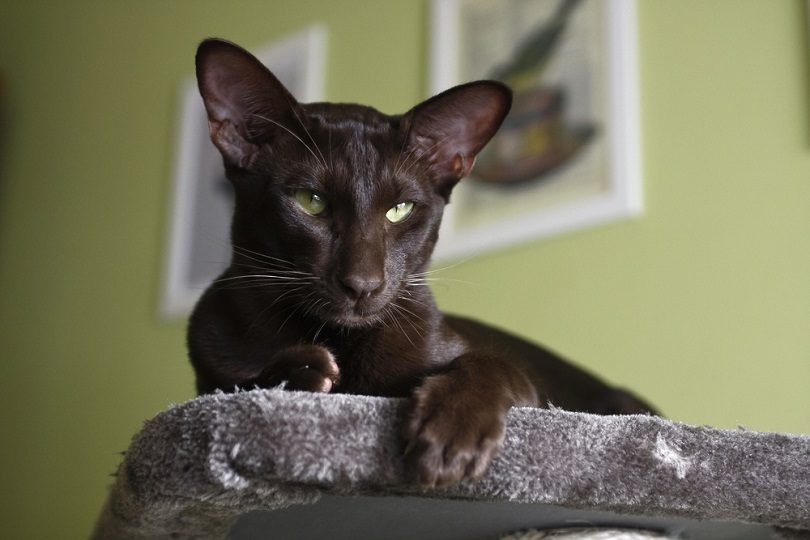
- Lifespan: 12–15 years
- Temperament: Loving, curious, talkative, intelligent, loyal, affectionate, extroverted
- Color: Solid colors, smoke, shaded, tabby, bicolor
- Height: 9–11 inches
- Weight: 8–10 pounds
Oriental Shorthairs look very much like Siamese cats. Breeders tried reviving dwindling Siamese cats after World War II by creating a green-eyed cat that resembled the Siamese kitty but had a range of coat colors.
This cat species is chatty, curious, intelligent, and loving, just like their Siamese cousins. Oriental Shorthairs are also quite companionable, with prominent personalities, athletic body builds, and big ears.
5. Bengal
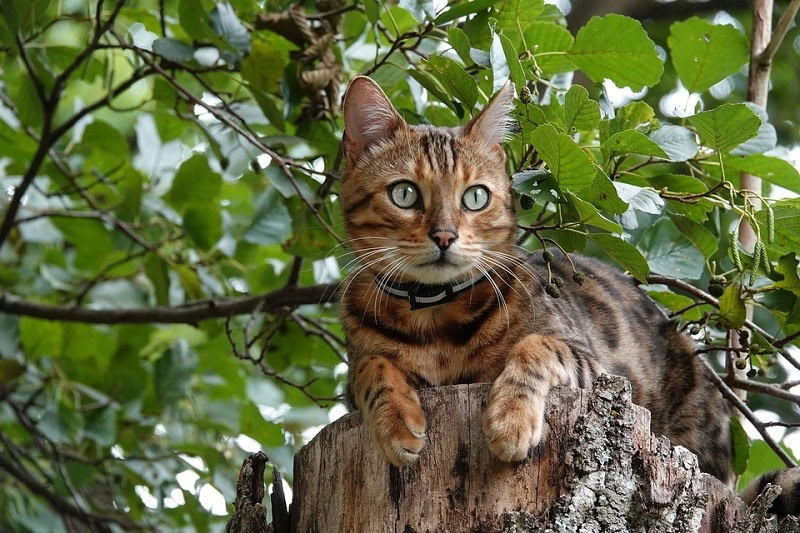
- Lifespan: 12–16 years
- Temperament: Intelligent, energetic, playful, confident, alert, social
- Color: Golden, brown, orange, rust, sand, ivory
- Height: 13–16 inches
- Weight: 8–15 pounds
You might think that a Bengal cat is a mini-tiger if you meet one due to their exotic appearance that makes them resemble their wildcat cousins. However, these felines are very much modern-day house pets.
Bengals have roots in Asia and were developed when Jean Mill, a California-based breeder, crossed a Domestic Shorthair with an Asian Leopard cat in 1963. She intended to create a kitty with a housecat’s personality and the exotic look of a big, wild cat.
She succeeded, and these cats have seemingly inherited a tiger’s characteristics, including their distinctive spots and energy. Another interesting thing about these cats is their love for water!
6. Korat
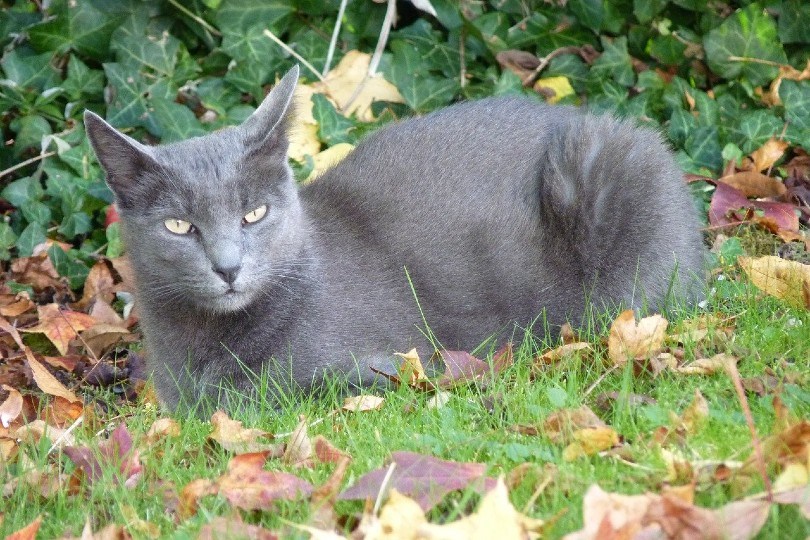
- Lifespan: 10–15 years
- Temperament: Possessive, loyal, energetic, playful, territorial, quiet
- Color: Blue-gray
- Height: 15–18 inches
- Weight: 6–10 pounds
Korat cats are from Thailand, in a region known as Nakhon Ratchasima. They are considered rare, though ancient artifacts place them back to the 13th century.
This silvery-blue kitty is a living good-luck charm in their home country, where they are also known as the Si-Sawat cat. Korats first came to Europe in the 1800s and became known as the “blue Siamese” due to their Siamese-like resemblance and blue coats.
7. Japanese Bobtail
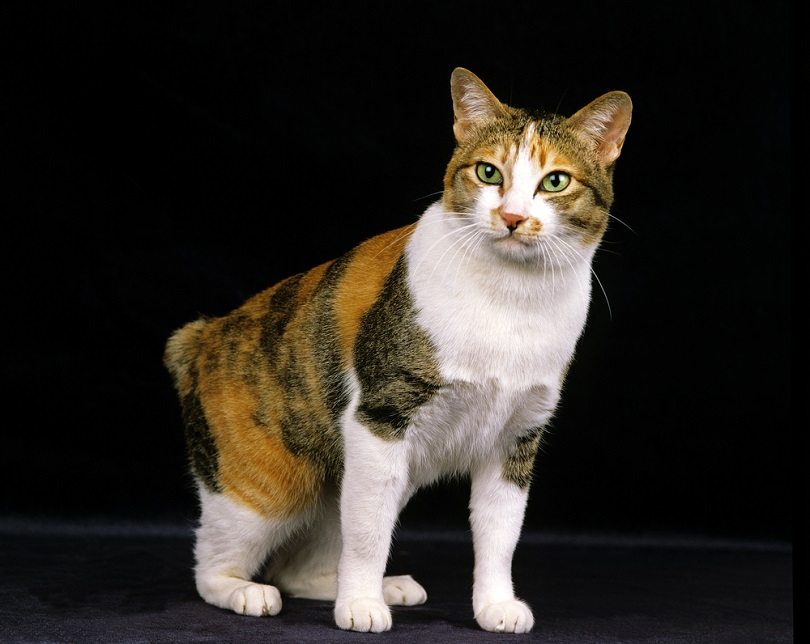
- Lifespan: 8–12 pounds
- Temperament: Active, intelligent, sweet, playful, social, territorial
- Color: White, cream, blue, red, brown, tortoiseshell, silver
- Height: 8–9 inches
- Weight: 6–10 pounds
Artifacts from Japan and Southeast Asia place these felines back to 1,000 years ago. Japanese Bobtails get their names from their shortened, stubby, bunny-like tails, often referred to as “poms,” which is their most distinctive feature. Their tails are a result of a naturally occurring genetic mutation.
Some experts suggest that Japanese Bobtails originated in China and Korea, while others believe that they came from Japan and were introduced by Japanese monks who used the cats to protect their scrolls from rodents. It was illegal to own one of these cats back then, but now they are domesticated house pets.
8. Turkish Angora
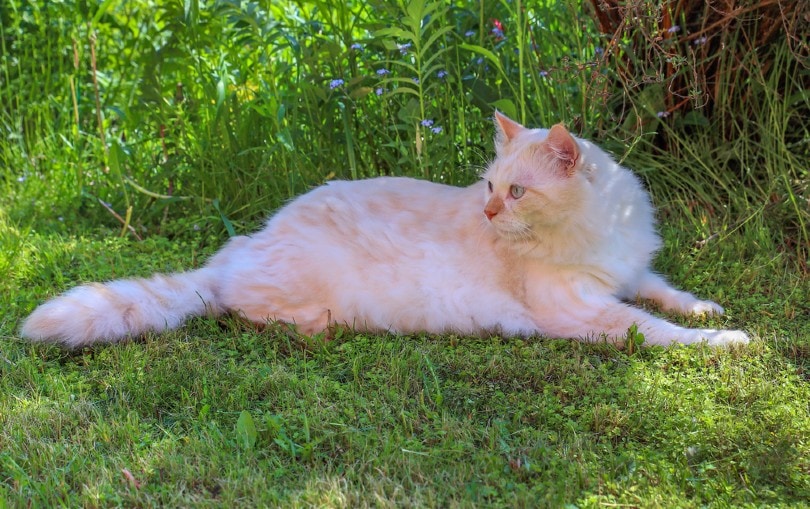
- Lifespan: 12–18 years
- Temperament: Good-natured, playful, controlling, talkative, graceful
- Color: White, black, blue, cream, red, spotted tabbies, tortoiseshell
- Height: 9–14 inches
- Weight: 5–9 pounds
The Turkish Angora is a naturally occurring breed, meaning they evolved without human intervention. These cats are believed to have originated from Turkey around the 15th century.
Some sources also suggest that this graceful cat, with their fine glossy coat and firm, long muscular body, resulted from a genetic mutation in an African wildcat. Others believe that Angoras developed their long, silky coats to cushion themselves from severe climatic conditions in Ankara (formerly Angora).
Feline fanciers regard these cats as good-natured but determined, highly intelligent, and good swimmers. Angoras are typically white, though they may come in various colors.
9. Dragon Li
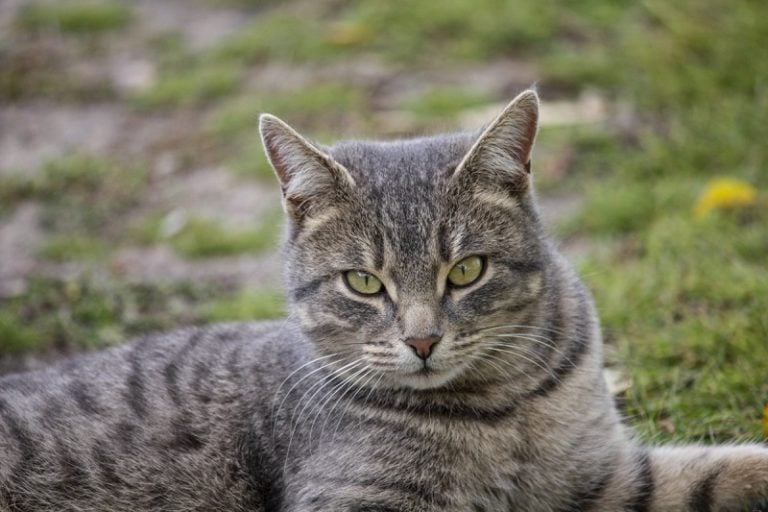
- Lifespan: 12–15 years
- Temperament: Clever, independent, vigilant, active, fun, friendly
- Color: Golden-brown
- Height: 12–14 inches
- Weight: 9–12 pounds
The Dragon Li is a small well-muscled breed with a distinctive wild appearance. They’re also known as Li Hua Mao, which translates to “fox flower cat” in Chinese, and are thought to be among the oldest known cat breeds that also occurred naturally.
Dragon Li cats are rarely seen outside China, and the Chinese consider them the national cat. They can fill your household with endless fun and games. However, Dragon Li cats are not snugglers and will not appreciate sitting on your lap.
10. Tonkinese
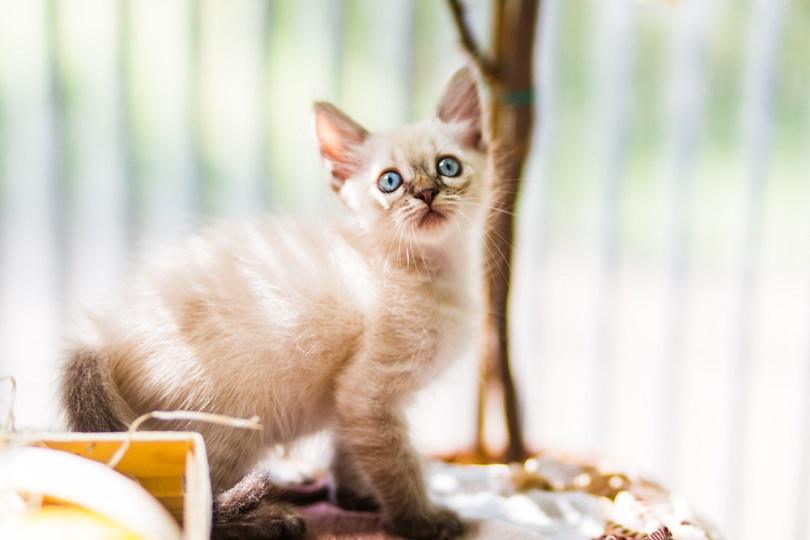
- Lifespan: 10–16 years
- Temperament: Playful, affectionate, intelligent, people-oriented, curious
- Color: Medium-brown, blue, champagne, platinum
- Height: 12–15 inches
- Weight: 6–12 pounds
Tonkinese cats are relatively new, developed in 1960 when a breeder crossed a Siamese and a Burmese cat, creating a cat with both breeds’ best traits. This kitty has a more moderate body type and a less piercing voice than the Siamese’s long body type and sharp voice.
These felines are friendly, loving, and intelligent, a trait shared by both the Siamese and the Burmese. Also known as “The Tonk,” this cat demands attention and affection from their owner and won’t rest until you notice them.
11. Thai
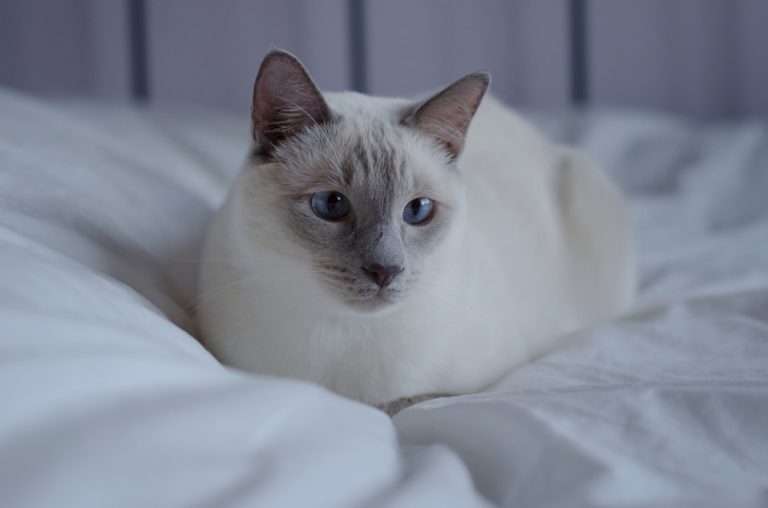
- Lifespan: 12–16 years
- Temperament: Curious, intelligent, companionable, determined, mischievous, talkative
- Color: Pale off-white body, seal, lilac, chocolate, red, flame, lynx points
- Height: 21–23 inches
- Weight: 8–15 pounds
The Thai cat is a naturally occurring breed famous for being pleasant, chatty, and friendly. These cats come from Thailand, where they were also known as “Wichienmaat,” which means “moon diamond.”
These short-haired and people-oriented cats have distinct blue eyes, pale off-white body coats, and dark extremities (dark-brown hair on the face, ears, paws, and tail). Cat lovers find them affectionate, with dog-like dispositions.
12. Raas
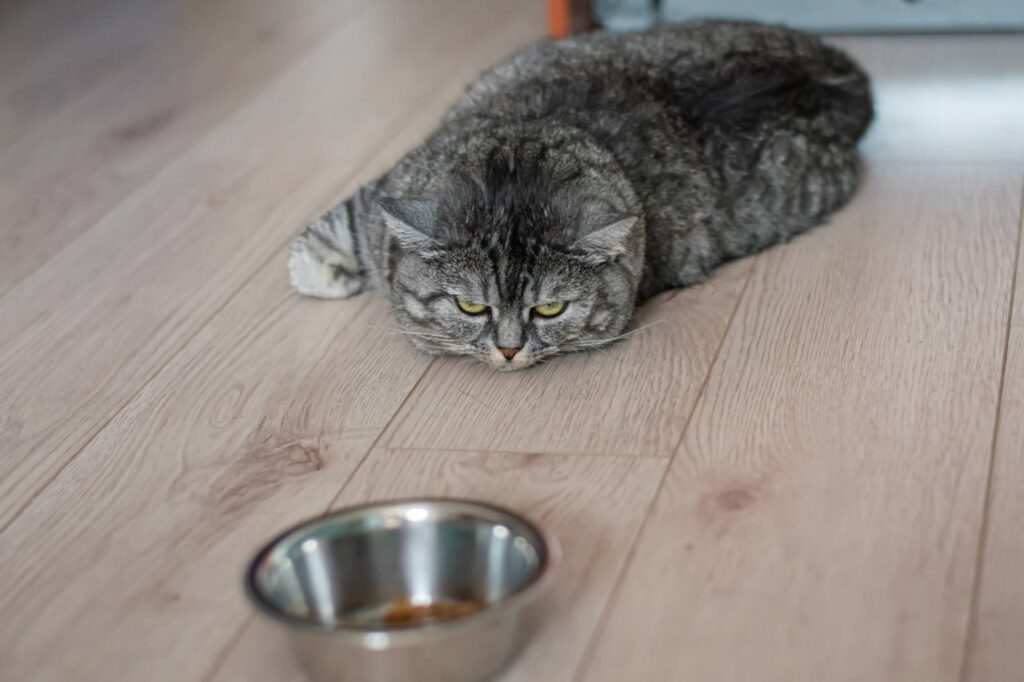
- Lifespan: 12–15 years
- Temperament: Stubborn, energetic, playful, aggressive, aloof, clean, independent
- Color: Cinnamon, blue, black, lilac, chocolate, brown
- Length: 24 inches
- Weight: 15 pounds
The Raas cat is an isolated breed from a remote island called Raas, which stretches 250 km east of Java, an Indonesian island. You’ll rarely find these cats beyond the Raas island.
Also, both the Siamese and the Burmese share the Raas breed because they are elegant-looking, have similar traits to those of a jungle cat or a leopard, have a graceful appearance, and are larger than most cat breeds.
Their faces are a little square-like, with dark-green and oval-shaped eyes that are not too wide, almost tapered chins, and bent tails. The Raas cat usually comes in gray or mink and is energetic, stubborn, playful, and unadaptable, with attitudes that make them hard to please.
13. Singapura
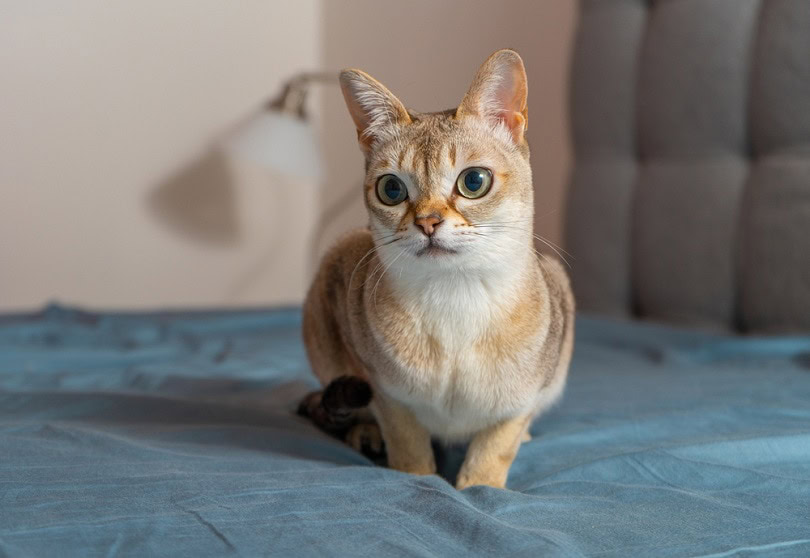
- Lifespan: 11–15 years
- Temperament: Lively, self-assured, affectionate, energetic, reserved, friendly, playful
- Color: Sepia-toned, chocolate, brown, sable, beige, cream
- Height: 6–8 inches
- Weight: 4–8 pounds
The Singapura cat breed (pronounced “sing-uh-poor-uh”) is a petite pet packing a lot of personality into their tiny body. These playful and relatively rare felines have a messy and controversial history.
Initially, two cat fanciers, Tommy and Hal Meadow, said that they brought three Singapuras to America from Singapore. Years later, Singapore found out that the three cats had actually been brought to Singapore by a couple from the U.S. instead. DNA studies speculate that the Singapura is a cross between Burmese and Abyssinian cats and that they were first bred in America by the Meadows before returning to Singapore.
Singapura is a micro-sized breed. They’re the smallest domestic cats yet have large eyes, ears, and a fine coat. They are not similar to Singapore’s typical street cats.

Summary
Since Asia is the most populous and largest continent, it’s unsurprising that so many Asian cat breeds that the continent has revered for ages are becoming household pet names in America and the rest of the world.
See also:
Featured Image: Aymara Herrera, Shutterstock
